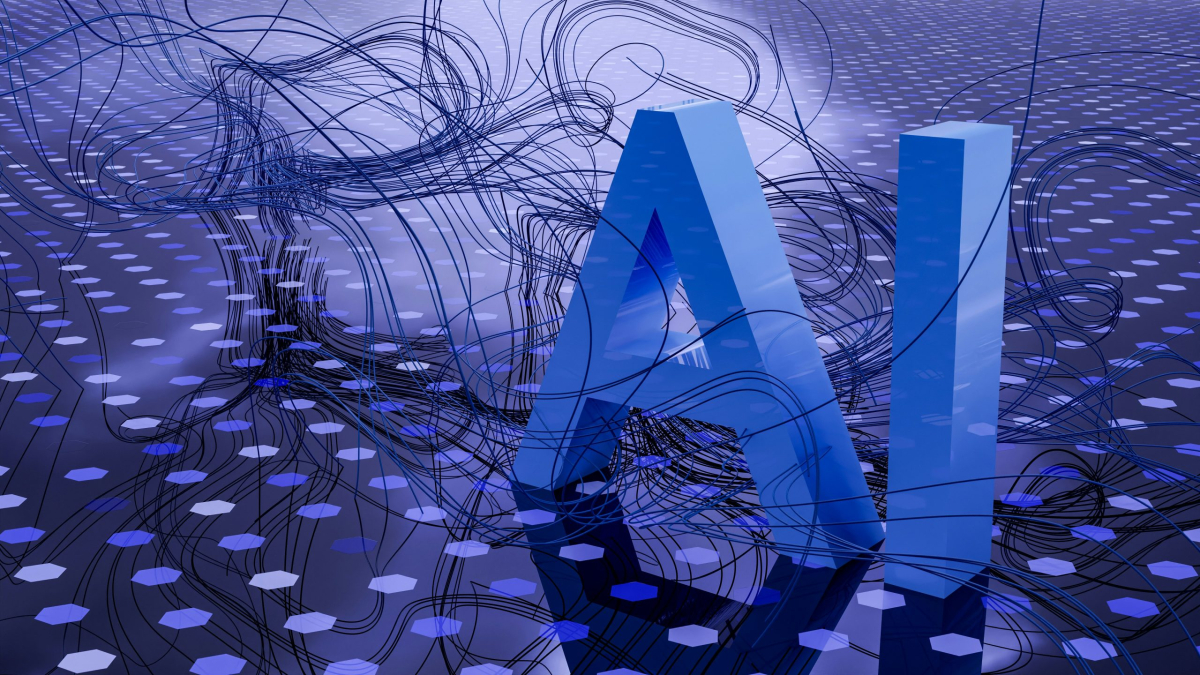Since its inception, artificial intelligence (AI), the emulation of human intelligence in machines, has undergone remarkable evolution. Pioneers like Alan Turing laid the groundwork for AI, which has seen phases of growth, skepticism, and breakthroughs since its recognition in the mid-20th century. Recent years have witnessed unprecedented growth in AI, fueled by advancements in machine learning, extensive datasets, and enhanced processing capabilities. Its integration into various industries, such as healthcare, finance, and transportation, underscores its transformative potential. Voice-activated assistants and recommendation systems exemplify AI’s increasing integration into everyday technology. However, as AI becomes ubiquitous, it also poses significant challenges that necessitate a thorough examination of its societal implications.
Evolution of AI
Early AI Applications: In its nascent stages, AI aimed to mimic human intelligence in specific domains. During the 1950s and 1960s, pioneering AI systems endeavored to make human-like decisions using symbolic logic and rule-based methods. Despite laying the groundwork for future progress, advancements were hindered by computational limitations and the complexity of simulating human cognition.
Rise of Machine Learning: The emergence of machine learning in the latter half of the 20th century marked a pivotal moment in AI history. Machine learning enabled systems to learn and improve from data rather than relying solely on explicit programming. Algorithms capable of identifying patterns and making predictions revolutionized fields like data mining, pattern recognition, and automated decision-making. Neural networks, inspired by the human brain’s structure, gained prominence as powerful tools in machine learning.
Impact of Deep Learning: Deep learning, a subset of machine learning utilizing neural networks with multiple layers, propelled AI capabilities to new heights. Deep learning models excel in organizing data hierarchically, leading to significant advancements in speech and image recognition, natural language processing, and other complex tasks. Technologies like convolutional neural networks (CNNs) for image analysis and recurrent neural networks (RNNs) for sequential data have expanded AI’s problem-solving capabilities.
Key Achievements in AI
Advancements in Speech and Image Recognition: AI’s remarkable progress in image and speech recognition, driven by deep learning algorithms like CNNs and RNNs, has revolutionized computer vision and natural language processing. These advancements find applications in medical imaging, autonomous vehicles, and communication technologies.
Enhanced Natural Language Processing: Breakthroughs in natural language processing (NLP), facilitated by sophisticated models like BERT and GPT, have improved computers’ ability to understand and generate human language. Text summarization, machine translation, and sentiment analysis have benefitted from these developments, enabling more natural interactions between humans and machines.
Autonomous Systems and Robotics: AI has significantly advanced autonomous systems and robotics, enabling self-driving cars, drones, and robotic assistants to navigate and make decisions based on real-time data. These technologies have transformative implications for healthcare, manufacturing, and transportation sectors, enhancing efficiency and productivity.
Conclusion
From symbolic reasoning to deep learning, AI has made remarkable strides in various domains, including speech recognition, natural language processing, and autonomous systems. While these advancements hold immense promise for societal progress, they also raise ethical and societal concerns, such as job displacement and misuse of AI technologies. To strike a balance between reaping the benefits of AI and mitigating its potential risks, collaboration and proactive measures are essential. Emphasizing ethical guidelines, promoting transparency, and investing in education are crucial steps to ensure that AI contributes positively to society while minimizing adverse effects.

